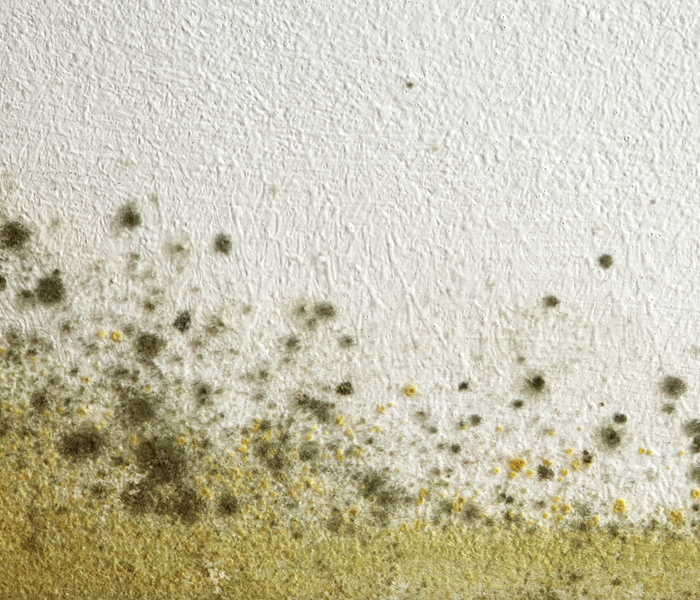Mold in Rental Properties: Responsibilities of Landlords and Tenants
5/30/2023 (Permalink)
 When it comes to mold in rental properties, understanding the responsibilities of both landlords and tenants is crucial.
When it comes to mold in rental properties, understanding the responsibilities of both landlords and tenants is crucial.
When it comes to mold in rental properties, understanding the responsibilities of both landlords and tenants is crucial. Mold growth can pose serious risks and cause property damage, making it essential for all parties involved to address the issue promptly. In this blog, we will discuss the responsibilities of landlords and tenants regarding mold prevention, detection, and remediation, ensuring a safe and healthy living environment for everyone.
Landlord's Responsibilities:
As the property owner and landlord, you have certain obligations to ensure the rental property remains free from mold and provides a safe living environment. Here are the key responsibilities you should be aware of:
Regular Property Maintenance: It is the landlord's responsibility to maintain the property properly, including addressing any issues that may contribute to mold growth, such as leaks, plumbing problems, or inadequate ventilation.
Timely Repairs: Landlords should promptly address any reported leaks, water damage, or plumbing issues that could potentially lead to mold growth. Timely repairs and maintenance can help prevent the conditions that foster mold development.
Providing Adequate Ventilation: Proper ventilation is essential for controlling moisture levels and preventing mold. Landlords should ensure that rental properties have adequate ventilation in areas prone to moisture accumulation, such as bathrooms, kitchens, and laundry rooms.
Educating Tenants: Landlords should provide tenants with information on mold prevention, early detection, and proper maintenance practices. This can include guidance on proper ventilation, controlling moisture, and promptly reporting any signs of mold growth.
Tenant's Responsibilities:
Tenants also play a significant role in mold prevention and maintenance of rental property. Here are the key responsibilities tenants should be aware of:
Regular Cleaning and Maintenance: Tenants should keep the rental property clean and undertake regular maintenance tasks. This includes promptly reporting any leaks, water damage, or plumbing issues to the landlord.
Proper Ventilation and Air Circulation: Tenants should ensure that the property is adequately ventilated, utilizing exhaust fans during activities that generate moisture, like cooking or showering. Opening windows when weather permits can also help improve air circulation.
Preventing Excessive Moisture: Tenants should take precautions to prevent excess moisture buildup, such as wiping down condensation on windows, using bathroom fans while showering and properly using and maintaining appliances like clothes dryers.
Reporting Mold Concerns: If tenants notice any signs of mold growth, such as musty odors, visible mold, or unexplained health issues, they should promptly report the concern to the landlord. Early detection and intervention can help prevent further damage and health risks.
Collaboration and Communication:
Open communication and collaboration between landlords and tenants are vital for addressing mold issues effectively. Both parties should promptly respond to each other's concerns, working together to resolve any mold-related problems. Documenting communication and any remediation efforts can help ensure transparency and clarity.
Mold prevention and remediation in rental properties require the joint efforts of landlords and tenants. Landlords must fulfill their responsibilities by maintaining the property and addressing maintenance issues promptly, while tenants should take preventive measures and report any mold concerns. By working together, both parties can create a safe and healthy living environment, reducing the risks associated with mold growth.




 24/7 Emergency Service
24/7 Emergency Service